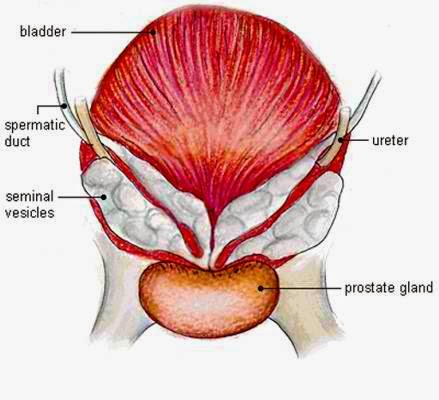What's in this article?
What is the prostate gland for?
Its principal physiological function is to manufacture the fluid that nurtures spermatozoa. What happens to one of its principle prostate-specific proteins in serum upon ejaculation might seem a sensible first step in sorting out the use of a serum test.
Given that PSA is often measured, that thousands of papers are published on PSA each year, and millions of tests done, one might think that the effects of basic physiological changes would be well sorted out. Not so.
When an assay is just a guess
To answer the question about the effect on PSA of ejaculation, it is necessary to enter the arcane world of immunoassays and their properties.
Any assay is designed to measure something within certain concentration limits. For most common PSA assays, this means values between about 1 to 100 µg/L. Samples with higher concentrations can be diluted to be within this range.
But concentrations of less than 1 µg/L are in a part of the assay where significant inaccuracies can be expected, and below about 0.5 µg/L any value obtained is little better than a guess (though there are some `super-sensitive’ assays which can measure very low values). Many of the articles examine populations with very low PSA levels.
What is the question?
PSA will be measured in many clinical situations (like after operation for prostate cancer) where ejaculation is unlikely to be an issue. But where prostate cancer is just a suspicion a serum PSA might well be part of the diagnostic regimen in a man who is sexually active.
Knowing whether and how ejaculation affects serum PSA will be important. We are most concerned with effects in older men (over 50) whjo have, and who do not have, prostate cancer or benign hyperplasia, because these are the people most likely to be tested. How long after ejaculation do any effects last? That will affect the interpretation and usefulness of the test.
Many articles look only at young men, and at times early after ejaculation. Those that look at older men generally exclude those with prostatic disease.
Where’s the evidence?
Bandolier performed a MEDLINE search for papers which examined ejaculation and serum PSA. We found nine. The details are shown in the Table. None of the articles commented on the ability of the assays used to measure low values of PSA.







